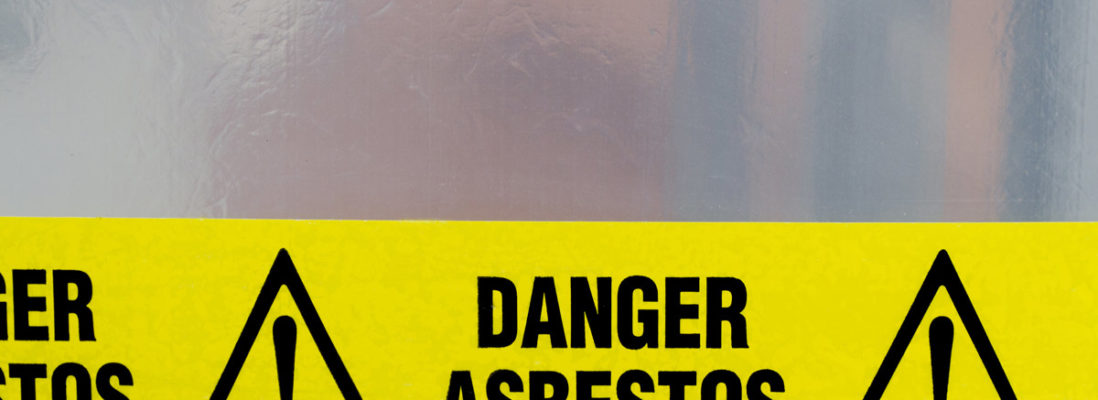The dangers of asbestos are well known. Asbestos is a carcinogen that has been linked to deadly diseases like mesothelioma, lung cancer, and asbestosis. The substance has been regulated since the 1980s, but there are still ways that people may encounter asbestos today, particularly legacy asbestos. Understanding these risks can help you take steps to prevent exposure.
Legacy asbestos refers to asbestos that was put in place years ago but still presents a hazard. Asbestos was extremely popular for much of the 20th century, prized for its versatility, durability, and heat- and flame-resistant properties. The naturally occurring mineral was used as an additive in a wide variety of construction materials and consumer products. Though restrictions have been in place for years, not all of the asbestos that was used during this time has been effectively removed.
Asbestos in Old Buildings
One of the main sources of legacy asbestos is in older buildings. Homes, offices, retail spaces, and schools that were built before the 1980s may still contain some asbestos features, such as drywall, floor and ceiling tiles, insulation, electrical wiring, roof shingles, adhesives, cement, paints, pipe insulation, and more. This has become a problem in school buildings, many of which were constructed during the mid-20th century, including several Philadelphia schools that were forced to close several years ago. Other structures such as historical landmarks, government buildings, stadiums, and entertainment venues may also contain asbestos.
Asbestos features in buildings are not dangerous when left alone. However, when asbestos products become damaged, either because of renovation or normal wear and tear, asbestos dust can be released into the air where they can be inhaled or ingested. Asbestos is a fragile substance, and fibers can break off easily when it is disturbed.
Protecting Yourself From Legacy Asbestos
Legacy asbestos is the most dangerous because people do not know they are at risk, but there are steps you can take to protect yourself. If you live or work in an older building, a company that specializes in asbestos can do an inspection, and if necessary, an asbestos abatement to remove potential hazards. Asbestos can also be sealed in place to prevent dust from being released. Construction workers and those in other industries that face higher asbestos exposure risks must follow strict workplace guidelines on how to handle the substance.
The Environmental Protection Agency (EPA) recently completed a risk evaluation of asbestos, which found that all current uses of chrysotile asbestos presented a health risk. The report did not include an analysis of legacy asbestos risks, however, and the EPA was sued by a group of asbestos awareness groups to ensure that this was properly investigated. A federal appellate court ruled in the group’s favor, and the EPA has promised to release a second part of the evaluation which deals with the potential exposure risk of legacy asbestos.
Philadelphia Mesothelioma Attorneys at Shein Law Protect Clients Who Have Been Harmed by Legacy Asbestos
If you have been diagnosed with mesothelioma, lung cancer, or another asbestos-related disease, one of our Philadelphia mesothelioma attorneys at Shein Law is here to help. We understand the complexities of asbestos exposure cases and will thoroughly review the facts of your case to determine if you have legal options. Located in Philadelphia and Pennsauken, New Jersey, we serve clients throughout Pennsylvania and New Jersey. Call 877-743-4652 or contact us online to schedule an appointment.

